When you picture Egypt, what comes to mind? Pyramids, bustling bazaars, and the majestic Nile, right? While those are timeless icons, a hidden world of raw, breathtaking nature awaits just a few hours southwest of Cairo—the Western Desert. At its heart lies the Bahariya Oasis, and its most dramatic feature is the otherworldly Black Desert.
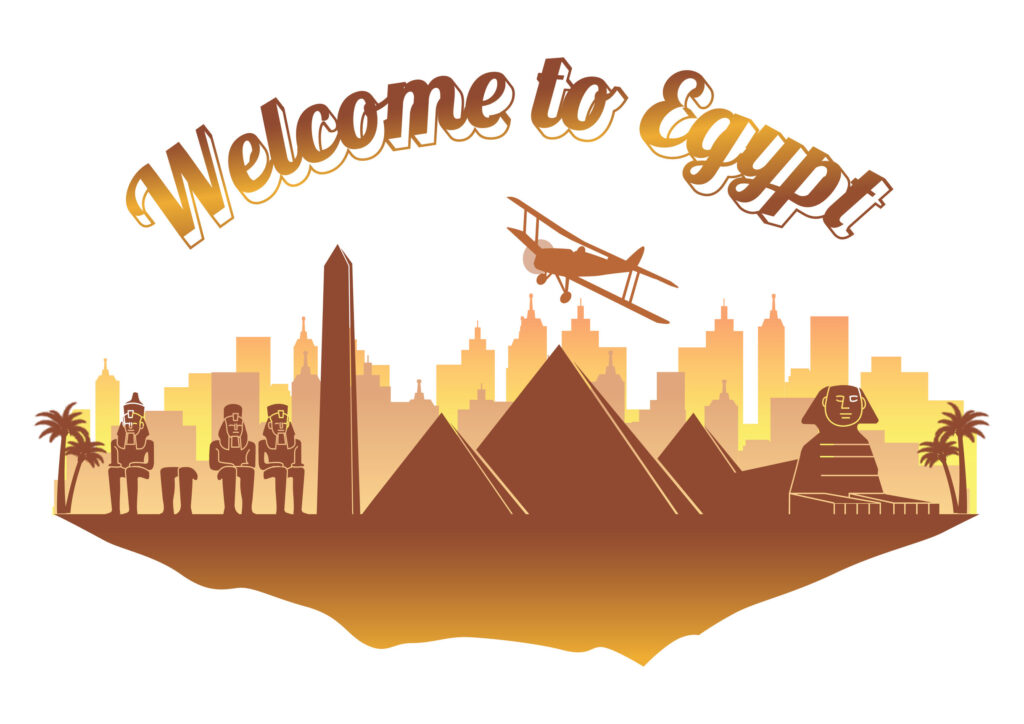
Imagine driving across endless, golden sand only to see the horizon erupt in charcoal-colored hills, scattered with black volcanic pebbles. This isn’t a scene from a sci-fi movie; this is the Black Desert, a geological marvel that offers a powerful and unforgettable contrast to the famed chalk-white landscape nearby. This unique region is a nature reserve and a fantastic destination for those who crave silence, stellar views, and an adventure far removed from the mainstream tourist circuit. And thanks to the Online Egypt eVisa system, planning your journey into this remote wilderness has never been simpler.
A Landscape: This Is Another Planet, the Geology of the Black Desert
The Black Desert (locally referred to as Sahara al-Suda) is not soot or ash colored, rather a result of geological processes that occurred over a long time. It is a large land of swelling dunes and a huge multitude of small, hollowed volcanic mountains of black basalt and dolerite. These mountains were volcanic eruptions centuries ago, and made a covering of black powder and little volcanic rock over the orange-brown sands, and rendered the whole territory of it its peculiar, smouldered look.
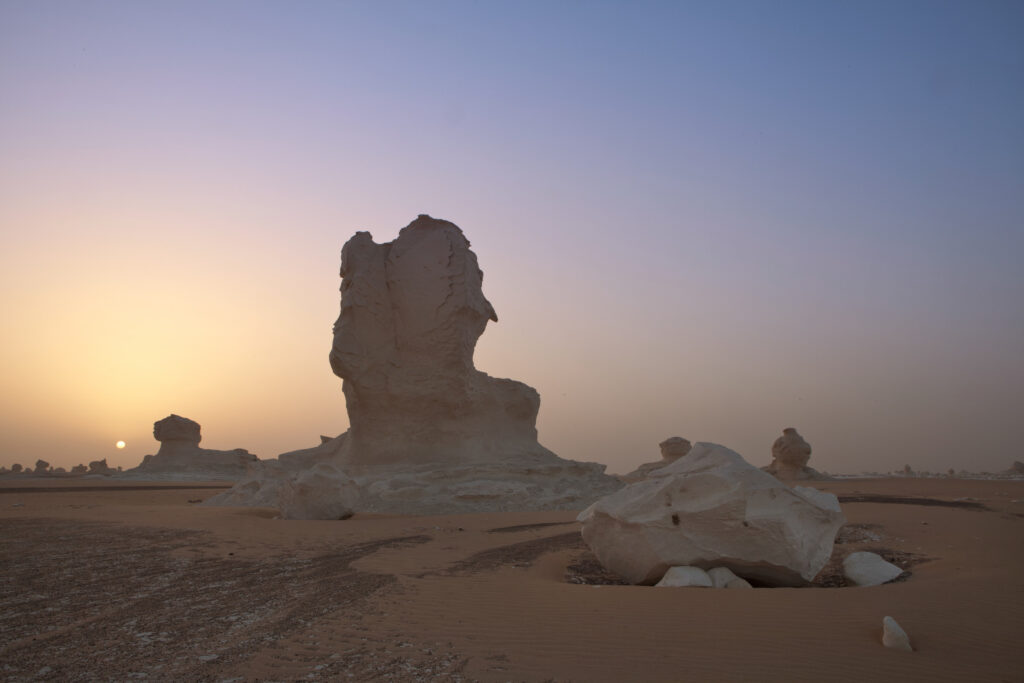
This is a special geology that has rendered the area a scientific international research area. Indeed, remains of the second-heaviest dinosaur that was ever found were uncovered along its borders. Although it is mainly a pass by point along the safari road between Bahariya and Farafra, it is an idealized detachment spot of the impressive photo-shoot and a short-term climb to remember.
Hiking Gebel Al Ingleez: The English Mountain Panoramic Reward
A trip to the Black Desert cannot be complete without climbing Gebel Al Ingleez or The English Mountain. This basalt mountain is the highest point in the depression of the Bahariya Oasis, which is located at a strategic point where one can get the most magnificent view of El Bawiti.
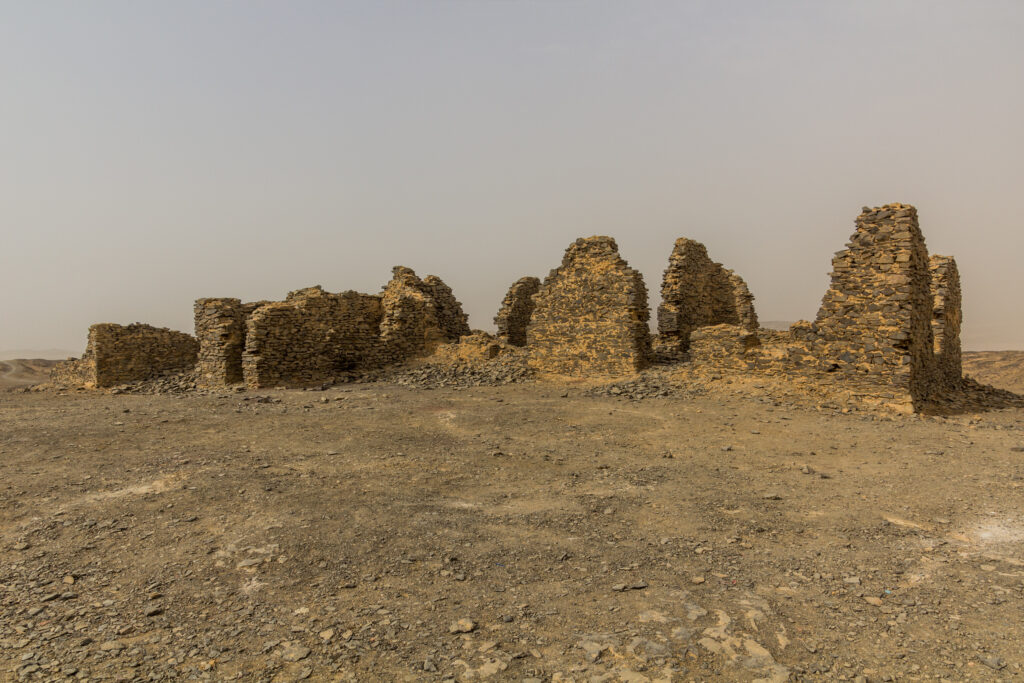
The mountain acquired its name during World War I where British troops, namely Captain Williams made it a lookout post to observe the activities in the Western Desert. Although the ruins of the lookout post are humble, the actual prize is the panoramic 360 view. You will have unsurpassed panoramas of the whole oasis, the vast palm trees, the rich green land and the clear contrast between the black hills and the golden desert in the horizon. It is a simple, brief walk that is handsomely paid off.
The Sparkling Stop: Crystal Mountain
When you believe that the desert can no longer amaze you, you will find a glittering ridge of rock which is the Crystal Mountain (Gebel al-Izzaz). It is an arch of nature and a big piece of crystal of quartz and calcite that was reputedly uncovered as an accident during the work of a road between Bahariya and Farafra.
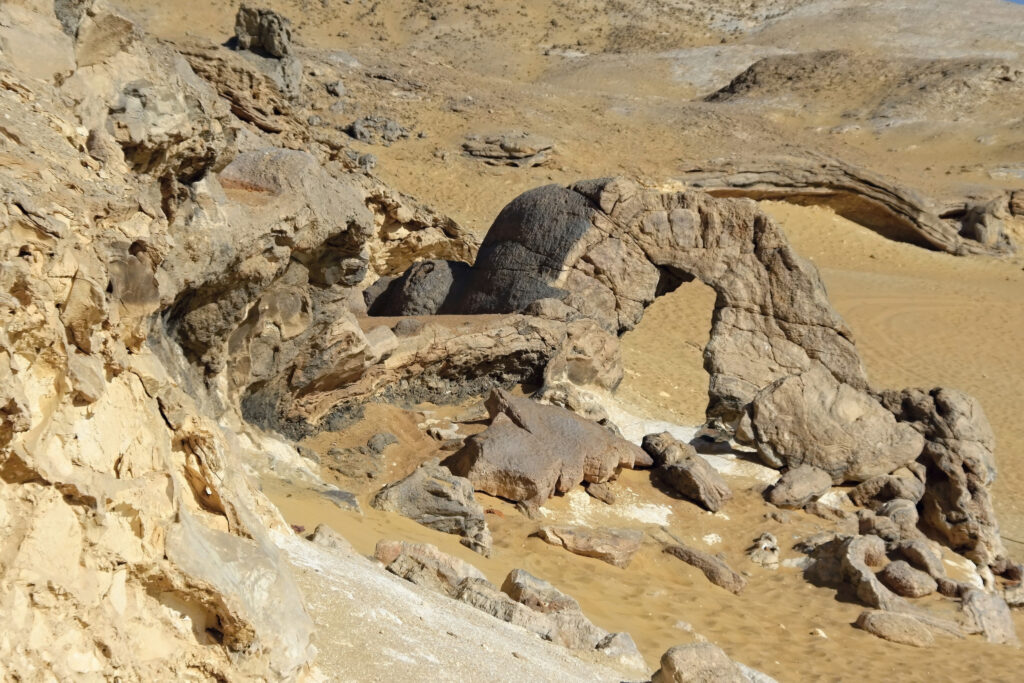
It is not a mountain to climb, it is an alluring roadside sight with the ground appearing to have vomited immeasurable, sparkling gems. The desert sun reflects upon the crystals giving a glittering effect. Tourists usually visit this site to take samples of the tiny and beautiful (though collecting is not encouraged to conserve this natural feature) and marvel at the raw geological peculiarity of discovering such clear and elaborate structures in the middle of a desert.
Bahairiyah Oasis: The Opening to Adventure and History
The Bahariya Oasis is more than merely a pass-through station, the place is a breathing village and the requisite catapult to any Black Desert safari. It lies between four and five hours of Cairo, and is the most reachable of all the Western Oases in Egypt.
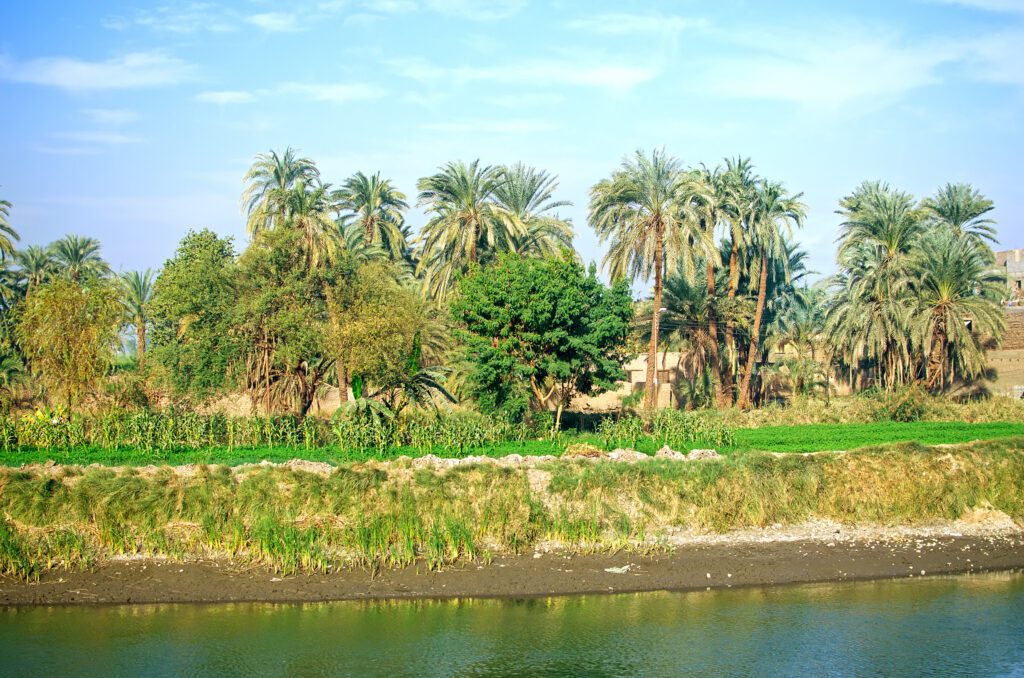
In the past, Bahariya was a key agricultural and wine producing region, and a principal strategic location on ancient caravan roads linking Libya to the Nile Valley. It is still a busy, welcoming town today where you can organize tours, shop up on provisions and sample Bedouin hospitality. This is a combination of green oases of date palms and ancient ruins that would be the ideal base station in your desert adventures.
Unearthing History: Valley of the Golden Mummies
Although the natural wonders of the desert are mind-blowing, there is too much ancient history within the Bahariya. The Valley of the Golden Mummies was one of the most important Egyptian discoveries of the late 20 th century and was made by a donkey who fell down the hole in 1996.
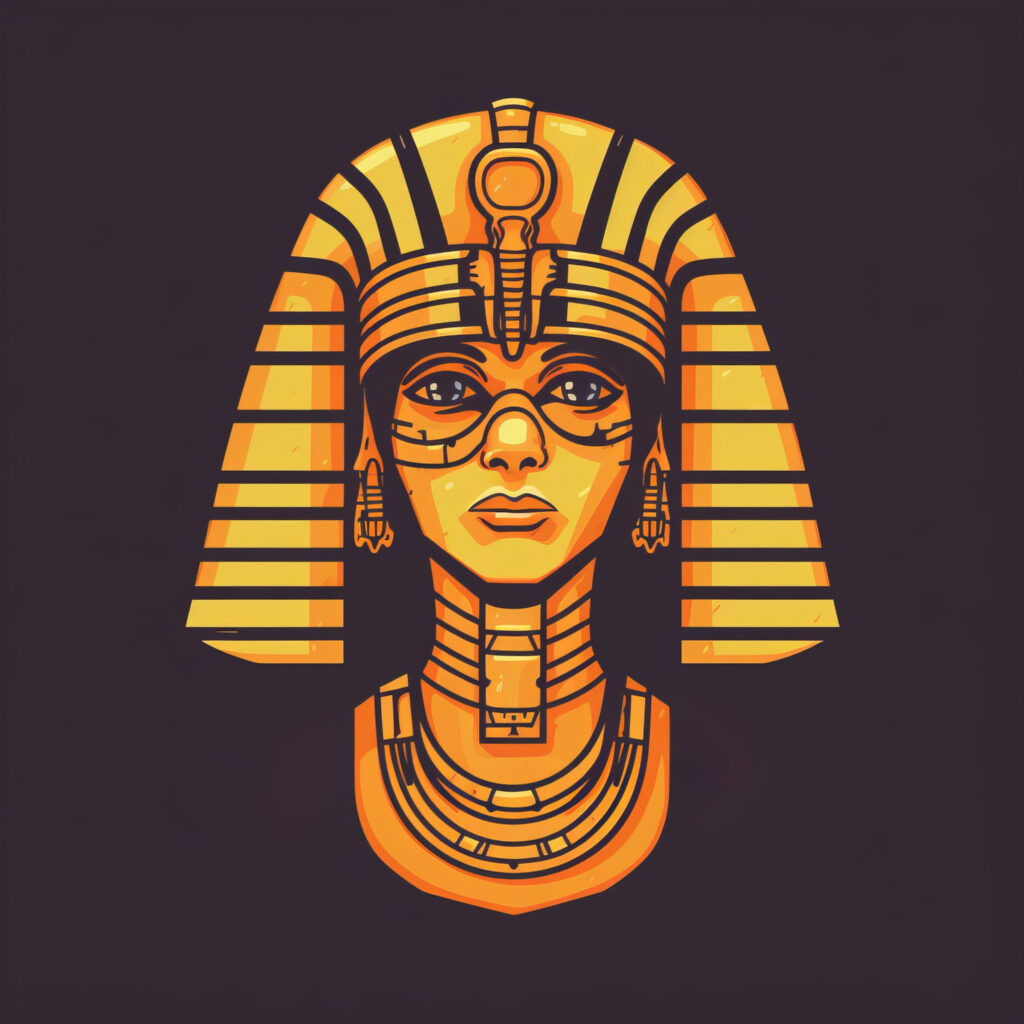
This is a huge burial ground located in the Graeco-Roman period (approximately 2,000 years old) and it is estimated that 10,000 mummies are buried in it. Those that have been excavated are richly adorned with the decoration, in many cases being covered in richly gilded (varying with gold) plaster masks and cartonnage, demonstrating the richness and affluence of the region at the period. These beautiful discoveries can be seen and the local archeological history is told in the El Bawiti Museum of the oasis.
Swim and Tidy-up: Hot and Cold Springs, Bahairiya
The end of a dusty day of climbing black peaks and passing over dunes is no better than relaxing in one of the natural hot springs of Bahariya. The oasis has been living off of natural water, and this area is abundant in mineral rich springs.
Among the most well-known places is Bir Sigam, a warm, therapeutic spring with its water reaching a maximum 45 o C (113 o F). It is a high content of minerals (sulfur) that is thought to be good in its local use as a treatment of skin and rheumatic. It is such an amazing and natural, calming experience, that will enable you to get really close to the important water sources out there in the desert.
Your Essential Pre-Trip Step: Understanding the Egypt E-Visa
If you’re planning this trip, you’ll need to sort out your entry documentation. Fortunately, Egypt offers an electronic visa (eVisa) for citizens of many countries, simplifying the process dramatically. The eVisa is an official document that grants you entry and is an efficient alternative to getting a traditional visa from an embassy or dealing with the Visa on Arrival queue.

The entire Egypt Visa Application Process is managed online, which is secure and available online 24/7. Applying for it a week or two before your travel date is highly recommended to ensure you receive approval in time.
E-Visa Application: A Simple Step-by-Step Guide
The online application process is straightforward, taking roughly 30 minutes to complete. Here’s what you need to do:
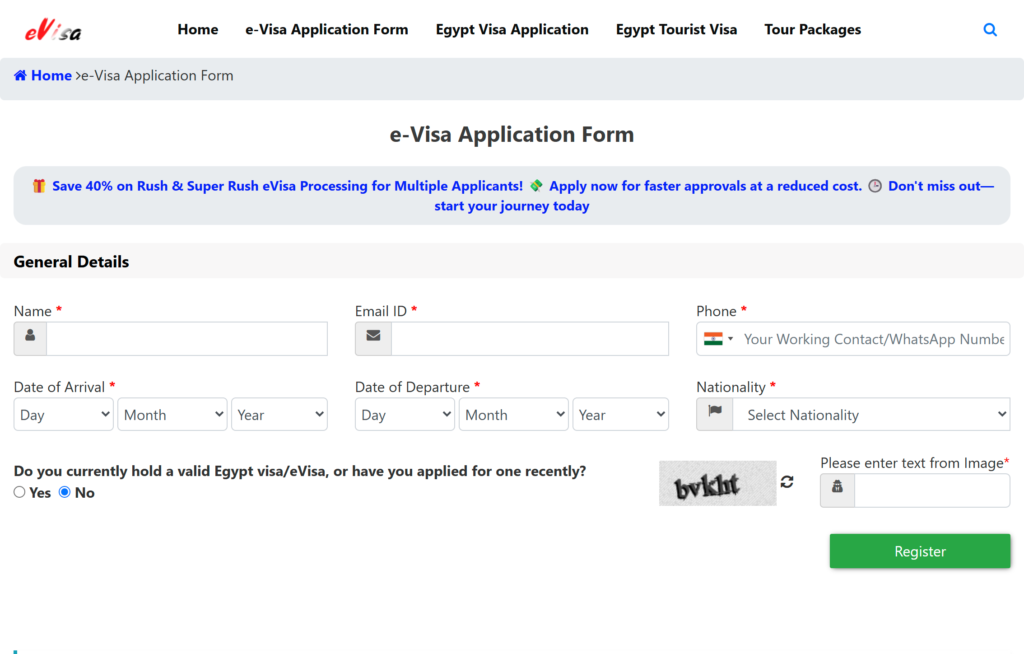
- Apply and Fill the Form: Log in and select “Apply Now.” You’ll choose your visa type (single or multiple entry) and fill in the required personal, travel, and security information.
- Upload Documents: You’ll typically need to upload a digital copy of your valid passport’s information page and potentially a passport-type photograph.
- Pay the Fee: Payment is made securely online using a credit or debit card (Visa or Mastercard).
- Await Approval: The standard processing time is up to seven working days. Once approved, you’ll receive an email notification.
- Print Your E-Visa: Download the approved e-visa from your account and print a physical copy. You must present this, along with your passport, to the immigration officer upon arrival.
Egypt E-Visa vs. Egypt Visa on Arrival: Which is Right for You?
Both the e-Visa and the Egypt Visa on Arrival (VOA) grant you entry for tourism, but they offer different experiences and flexibility.
| Feature | Egypt E-Visa (Pre-Approved) | Visa on Arrival (VOA) |
| Processing Time | Up to 7 business days (Apply in advance) | Instant, purchased at the airport |
| Convenience | Faster passage through immigration | Quickest if you arrive without one |
| Risk | Zero risk of refusal at immigration | Small risk of refusal/long queues |
| Payment Method | Credit/Debit card online | Cash only (USD, EUR, or GBP preferred) |
| Availability | Requires eligible nationality | Available to many nationalities |
| Multiple Entry | Available for purchase | Typically single entry only |
For a stress-free start to your trip, especially if travelling during peak season or requiring multiple entries, the e-Visa is strongly recommended.
Practical Advice for a Seamless Desert Safari
Once your visa is secured, you can focus on the logistics of the desert safari itself. Planning ahead will ensure your trip is smooth and safe.
The 4WD Requirement
While you can drive a regular vehicle a short way into the Black Desert from the main road, deep exploration and connecting to other sites like the White Desert requires a licensed 4WD vehicle and a mandatory local guide. Don’t attempt to venture deep into the remote areas alone. Tour operators in Cairo or Bahariya Oasis can easily arrange this.
Best Time to Visit
The Egyptian Western Desert can be brutally hot in the summer. The ideal time to visit is during the cooler months, from October to April. This allows for pleasant daytime sightseeing, comfortable hiking, and the truly magical experience of camping overnight.
The Magic of Desert Camping
Many visitors opt for an overnight safari, often combining the Black Desert, Crystal Mountain, and the White Desert. Nothing compares to rolling out a sleeping bag under the immense, star-filled night sky, far from any light pollution. You’ll enjoy authentic Bedouin cooking around a small fire and experience a silence you won’t forget.
Ready to Trade the City for the Sands?
The Black Desert, with its dramatic volcanic peaks and easy access via the historic Bahariya Oasis, offers an authentic adventure that contrasts beautifully with Egypt’s pharaonic monuments. By taking advantage of the quick and reliable eVisa system, you’re setting yourself up for a hassle-free journey into a landscape you have to see to believe.
So, are you ready to swap the history books for a view of the stars over black-and-gold sand? Let us know if you’d like to dive deeper into the specific costs of a desert safari or get an up-to-date list of countries eligible for the Egyptian eVisa!

